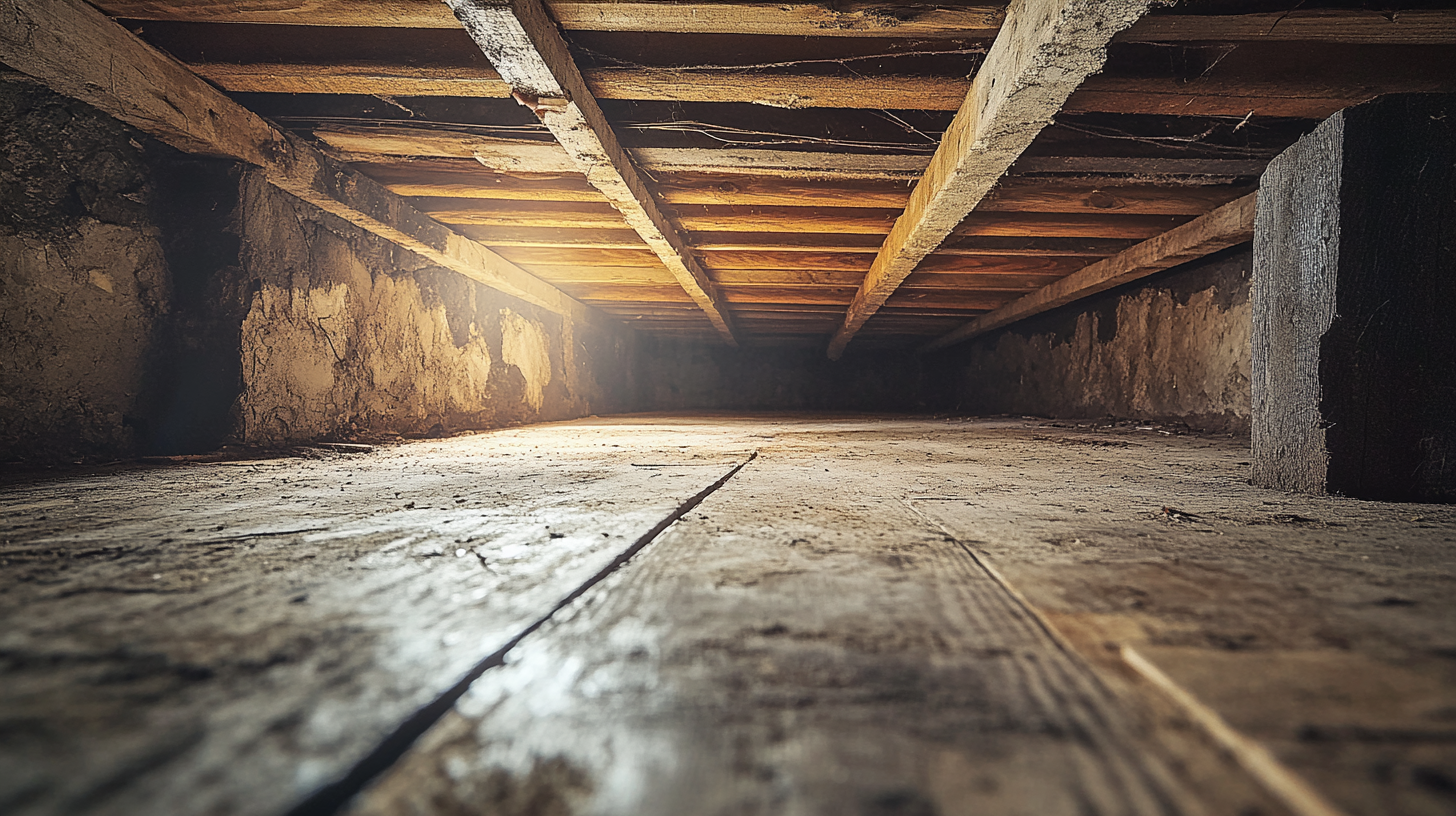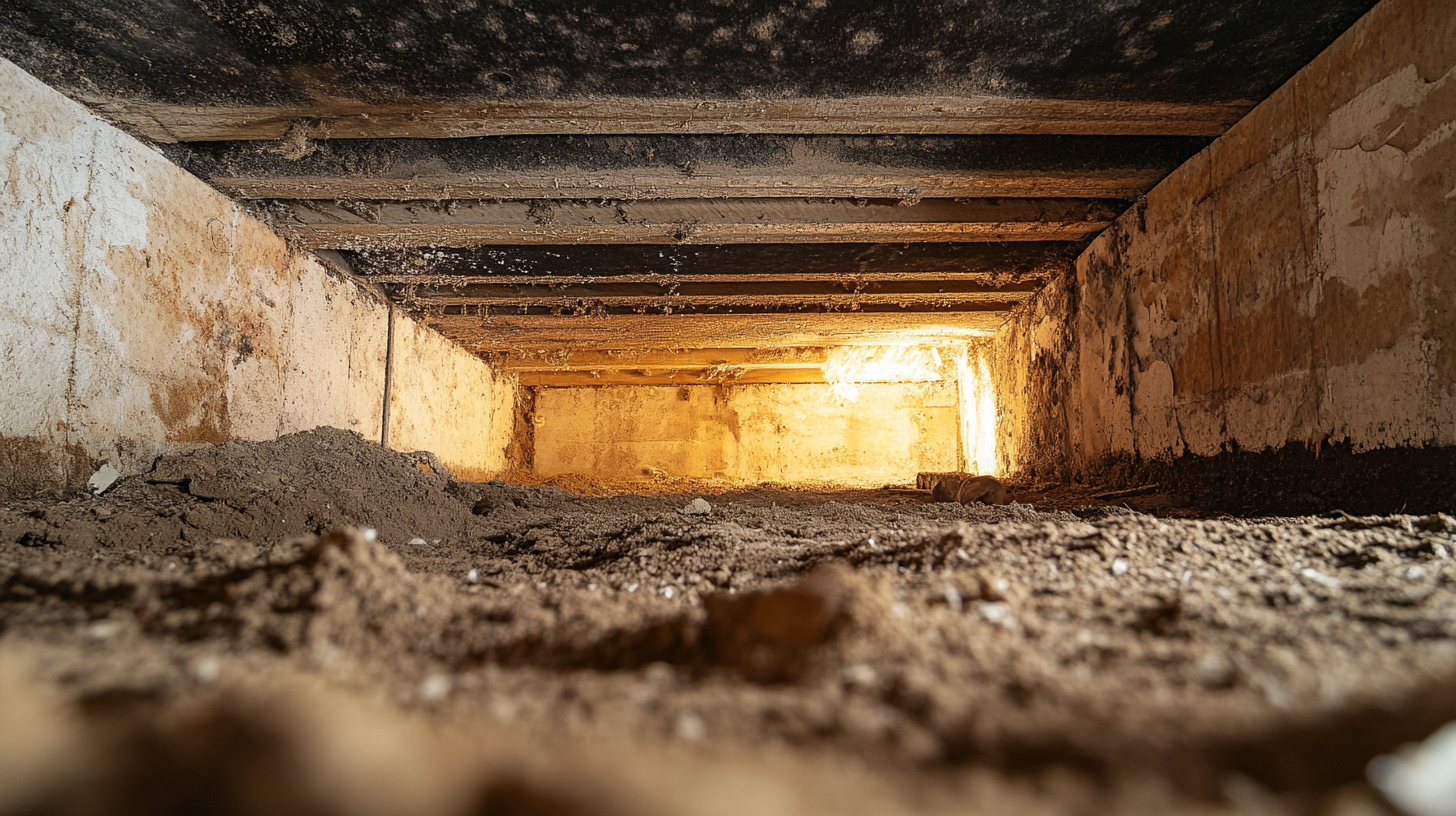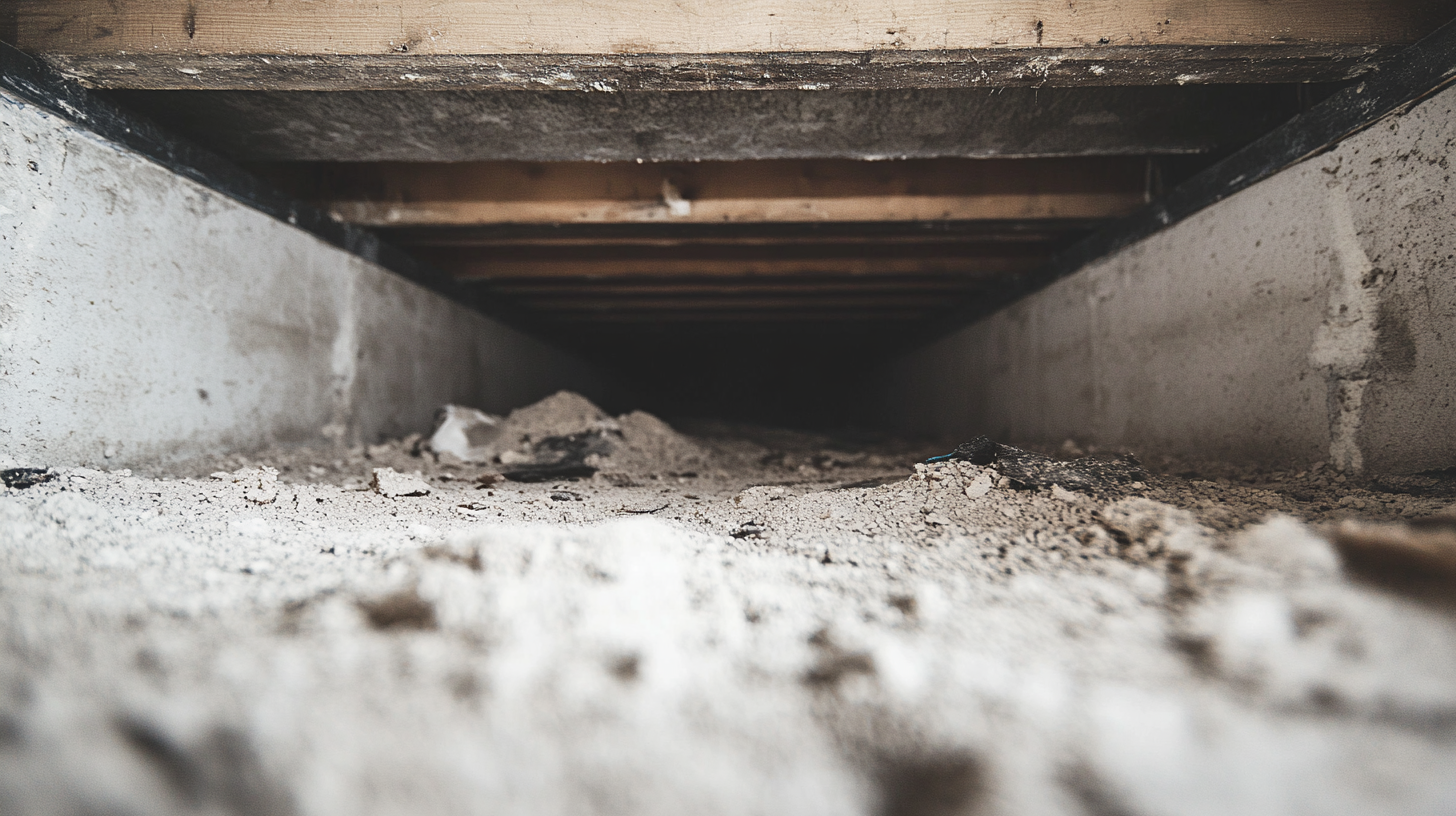Odor Neutralization for Healthcare Facilities: Best Practices

In healthcare environments, maintaining cleanliness and hygiene is critical—not only for the well-being of patients and staff but also for creating a positive atmosphere. Persistent odors in healthcare settings can leave a lasting negative impression on patients, affecting their perception of the quality of care. For healthcare staff, unpleasant odors can reduce morale and make the workplace less comfortable. Beyond these surface-level concerns, lingering smells may also signal deeper hygiene issues, such as poor ventilation, bacteria buildup, or inadequate cleaning protocols. In this blog, we’ll explore the importance of effective odor control in healthcare facilities and discuss solutions to ensure a fresh, hygienic environment for all.
Why Odor Control is Critical in Healthcare Facilities
Odor control in healthcare settings is more than a matter of comfort—it is essential for maintaining a clean, safe, and welcoming environment. From the patient experience to infection control, addressing odors effectively plays a key role in the overall quality of care.
Impact on Patient Experience and Perception
- First Impressions: The way a healthcare facility smells can significantly influence a patient’s perception of its cleanliness and quality of care. Unpleasant odors from bodily fluids, medical waste, or cleaning chemicals can leave a lasting negative impression on patients and visitors, making them question the hygiene standards of the facility. A fresh, clean-smelling environment, on the other hand, creates a positive first impression and reassures patients that the facility is well-maintained.
- Comfort and Well-Being: A clean-smelling healthcare environment contributes to patient comfort and overall well-being. Strong or unpleasant odors can increase anxiety or discomfort, especially for vulnerable patients who are already dealing with stress or illness. By maintaining a fresh atmosphere, healthcare facilities help create a more relaxing and healing space that promotes patient recovery and satisfaction.
Health and Safety Concerns
- Odors as Indicators of Hygiene Issues: Persistent odors can be more than just unpleasant—they may signal underlying hygiene or maintenance problems. Odors from sources such as poorly managed waste, improperly cleaned areas, or insufficient ventilation can indicate inadequate sanitation practices. These issues pose potential health risks, increasing the likelihood of bacteria, mold, or contaminants spreading throughout the facility, which can endanger both patients and staff.
- Infection Control: Effective odor control is closely linked to infection prevention and control. Odors often stem from organic sources such as bodily fluids, bacteria, or medical waste, which must be handled properly to avoid cross-contamination. If odors are present, it may indicate that these materials are not being disposed of or cleaned properly, raising the risk of infection. Proactive odor management, therefore, supports broader hygiene and infection control protocols, ensuring a safer environment for everyone in the facility.
Common Sources of Odors in Healthcare Facilities
In healthcare environments, odors can arise from various sources, each with the potential to affect the perception of cleanliness and even pose health risks. Understanding these sources is essential for effective odor management and maintaining a sanitary and welcoming atmosphere.
Medical Waste and Biohazard Materials
- Sources: Healthcare facilities generate medical waste and biohazard materials that, if not handled properly, can quickly lead to unpleasant odors. Items such as soiled linens, wound dressings, used gloves, and bodily fluids must be stored and disposed of with care. Improper storage or delayed disposal of these materials can result in strong odors that permeate high-traffic areas, impacting both staff and patient comfort.
- Risk Factors: If medical waste is not handled promptly and according to strict protocols, it can do more than just cause unpleasant odors. The buildup of biohazard materials can also spread bacteria and contribute to cross-contamination, putting patients, visitors, and staff at risk. Regular waste disposal, proper storage, and the use of sealed containers are critical to controlling odors and preventing contamination.
Bathrooms and Patient Rooms
- Sources: Bathrooms and patient rooms are frequent sources of odor in healthcare facilities. Bodily fluids, incontinence issues, and insufficient cleaning practices can all contribute to strong, lingering smells. These odors not only make the environment uncomfortable for patients and visitors but may also signal inadequate cleaning protocols.
- Patient Impact: Poor odor control in patient rooms and bathrooms can significantly affect the overall patient experience. When these spaces are not properly maintained, patients may perceive the facility as unclean, impacting their comfort and confidence in the quality of care. Ensuring that these areas are cleaned frequently and thoroughly is essential for both hygiene and patient satisfaction.
Kitchen and Food Service Areas
- Sources: Healthcare facilities with in-house kitchens and food service areas must manage odors related to food preparation, leftover food, and waste. Cooking smells can be particularly strong, and without proper ventilation, these odors may spread into common areas or even patient rooms. Leftover food and food waste, if not disposed of regularly, can also generate unpleasant odors.
- Potential for Cross-Contamination: Odors in food service areas are not just unpleasant—they can also contribute to broader hygiene problems. Improper management of food waste can attract pests, leading to further odor issues and the potential for cross-contamination. Ensuring that kitchen areas are cleaned frequently, and that waste is properly managed, is essential for both odor control and maintaining overall hygiene standards.
Best Practices for Odor Neutralization in Healthcare Facilities
Maintaining a fresh and hygienic environment in healthcare settings is critical for patient comfort and overall facility safety. Odor neutralization goes beyond masking smells—it requires comprehensive cleaning protocols, proper waste management, and effective ventilation systems. Here are the best practices to ensure odor control in healthcare facilities.
Comprehensive Cleaning and Disinfection Protocols
- Regular Cleaning Schedule: A strict, consistent cleaning schedule is essential for preventing odor buildup in healthcare facilities. High-traffic areas, such as patient rooms, bathrooms, hallways, and medical waste disposal zones, should be cleaned and disinfected regularly to minimize odors caused by bacteria, bodily fluids, and waste. A daily cleaning regimen not only neutralizes odors but also maintains a hygienic environment for patients and staff.
- Use of Hospital-Grade Disinfectants: Healthcare facilities should use EPA-approved hospital-grade disinfectants that effectively eliminate bacteria, viruses, and other microorganisms responsible for foul odors. Special attention should be given to high-touch surfaces, such as door handles, bed rails, and restroom fixtures, as these areas are more prone to harboring odor-causing germs. Regular disinfecting reduces the risk of infections and ensures long-lasting odor control.
- Deep Cleaning in High-Risk Areas: In addition to regular cleaning, areas that are more susceptible to odor buildup—such as bathrooms, patient rooms, and food service areas—should undergo deep cleaning on a routine basis. Deep cleaning targets hard-to-reach spots where bacteria and odor-causing particles may linger, preventing recurring odors and maintaining a fresh-smelling environment.
Proper Waste Management and Disposal
- Segregation and Disposal of Medical Waste: Proper segregation and disposal of medical and biohazardous waste are essential for controlling odors in healthcare settings. All waste should be sorted and stored in sealed containers to prevent the release of odors and reduce the risk of contamination. Use odor-resistant bags for soiled linens, dressings, and other medical waste to further prevent unpleasant smells.
- Frequent Waste Collection: Odor control starts with frequent collection and removal of medical waste and biohazard materials. Areas that generate waste, such as operating rooms and patient care zones, should have waste bins emptied regularly to prevent overfilling and odor buildup. Prompt waste removal helps maintain a clean, odor-free environment while adhering to health and safety regulations.
- Waste Storage Solutions: Proper waste storage is critical for minimizing odors before disposal. Store medical and biohazardous waste in well-ventilated, temperature-controlled areas to reduce bacterial growth and odor production. These waste storage areas should also be cleaned and disinfected regularly to ensure long-term odor control and hygiene.
Ventilation and Air Filtration
- HVAC System Maintenance: Proper ventilation is key to controlling odors in healthcare facilities. Regular maintenance of HVAC systems ensures optimal airflow and filtration throughout the building, reducing the circulation of odor-causing particles. Air filters should be cleaned or replaced frequently to keep air quality high and prevent the spread of bacteria and allergens that contribute to bad smells.
- Air Purifiers with HEPA Filters: In high-traffic and high-risk areas, such as waiting rooms, patient rooms, and bathrooms, placing air purifiers equipped with HEPA filters can significantly improve air quality. HEPA filters capture airborne bacteria, allergens, and odors, helping to neutralize unpleasant smells and maintain a fresh environment for patients and staff.
- Odor-Control Technologies: Advanced air-cleaning technologies, such as activated carbon filters or UV-C light systems, can further enhance odor control by neutralizing smells at the molecular level. Activated carbon filters absorb odor-causing compounds, while UV-C light systems kill odor-causing bacteria and other microorganisms in the air. Implementing these technologies in areas prone to strong odors ensures effective, long-term odor neutralization.
Specialized Odor Control Solutions for High-Risk Areas
In healthcare facilities, certain areas are more prone to developing persistent odors due to their specific functions. Specialized odor control solutions are essential to maintain a clean, fresh-smelling environment in these high-risk areas, ensuring comfort and hygiene for patients, staff, and visitors.
Patient Rooms and Long-Term Care Areas
- Odor-Absorbing Materials: Patient rooms, especially in long-term care facilities, often face challenges with odors related to incontinence, bodily fluids, or immobility. Placing odor-neutralizing materials such as activated charcoal bags or baking soda pouches in these rooms helps absorb unpleasant smells at the source. These materials are non-toxic, making them safe for use in medical settings and effective at managing odors without relying on overpowering scents.
- Regular Linen Changes: Odors can quickly develop from sweat, bodily fluids, and incontinence in long-term care areas. To minimize these odors, it’s crucial to change bedding, linens, and patient clothing frequently. Regular linen changes ensure that any odor-causing materials are promptly removed, improving both the comfort of patients and the overall freshness of the room.
- Essential Oil Diffusers: Essential oil diffusers or fragrance-free, medical-safe odor-neutralizing sprays can be used to keep patient rooms smelling fresh. Diffusers that use mild, soothing scents like lavender can enhance patient comfort without overwhelming the senses. For those sensitive to fragrances, fragrance-free options can effectively neutralize odors without triggering allergies or sensitivities.
Bathrooms and Restrooms
- Automated Air Fresheners: Consistent odor control in bathrooms and restrooms can be achieved by installing automatic air fresheners. Fragrance-free options are ideal for healthcare settings as they neutralize odors without masking them with strong scents. These systems can be programmed to release neutralizing agents throughout the day, keeping restrooms fresh and hygienic.
- Regular Sanitation of Fixtures: Toilets, sinks, and urinals should be cleaned and sanitized multiple times a day to prevent odor buildup. Using enzymatic cleaners is highly effective in breaking down organic matter, such as urine and other waste, which can cause persistent odors. These cleaners help eliminate the source of the odor, ensuring that it doesn’t return.
- Floor Drain Maintenance: Floor drains in restrooms can be a source of foul odors if wastewater buildup or sewer gases accumulate. Regularly flushing and treating floor drains with enzymatic solutions can prevent these odors. This practice ensures that drains remain clean and free of blockages, which can otherwise cause bad smells to seep into the restroom.
Kitchen and Food Service Areas
- Grease Trap Cleaning: Grease traps are a common source of foul odors in healthcare food service areas if not maintained properly. Regular cleaning and maintenance of grease traps prevent the buildup of grease and food particles, which can produce strong odors and spread throughout the facility. A strict cleaning schedule ensures that odors are controlled before they become a problem.
- Proper Food Storage: Storing food in sealed, airtight containers is crucial to preventing odors from spoiled or decomposing food. Refrigerators and freezers should also be cleaned regularly to remove any spills or expired food that may cause unpleasant smells. Proper food storage practices maintain both hygiene and freshness in food service areas.
- Odor-Control Trash Bins: Trash bins in food preparation areas can quickly become a source of strong odors due to leftover food and waste. Using odor-resistant trash bins and ensuring frequent removal of trash helps manage odors effectively. Regularly cleaning the bins themselves also prevents lingering smells that can permeate the kitchen or food service area.
Preventative Measures for Long-Term Odor Control
Maintaining long-term odor control in healthcare facilities requires proactive and consistent efforts. By training staff, regularly inspecting the facility, and maintaining key systems, healthcare providers can ensure a clean, odor-free environment that promotes health, safety, and comfort for everyone.
Training for Staff and Cleaning Personnel
- Education on Odor Prevention: Proper training is essential for effective odor control. All cleaning staff, healthcare workers, and kitchen personnel should receive regular training on odor prevention and management. Training programs should cover the importance of odor control in healthcare settings, best practices for cleaning, waste disposal, and the use of odor-neutralizing products. Educating staff on how odors impact patient perception and health ensures that everyone is committed to maintaining a fresh, hygienic facility.
- Standard Operating Procedures (SOPs): Establishing and enforcing Standard Operating Procedures (SOPs) for odor control helps maintain consistency across the facility. SOPs should outline guidelines for cleaning frequency, proper waste management, air filtration maintenance, and the use of odor-neutralizing technologies. Clear protocols enable staff to follow a structured approach, ensuring that all areas are properly maintained to prevent the buildup of odors.
Regular Facility Inspections and Monitoring
- Frequent Odor Assessments: Routine walk-throughs and inspections are critical for identifying areas prone to odors, such as patient rooms, bathrooms, and food service areas. Conducting frequent odor assessments ensures that cleaning measures are being implemented effectively and that odor issues are addressed before they become significant problems. These inspections should focus on high-risk zones where odors are more likely to develop.
- Feedback from Staff and Patients: Encouraging open communication with staff and patients about odor concerns is a key part of proactive odor control. Staff who work in specific areas daily can offer valuable insights into potential odor sources, while patients and visitors may notice issues that go undetected by facility personnel. Promptly addressing these concerns demonstrates a commitment to maintaining a clean, odor-free environment, which enhances the overall patient experience.
Ongoing Maintenance of Air and Waste Systems
- Scheduled HVAC and Ventilation Maintenance: Proper airflow is essential for controlling odors in healthcare settings. Regular maintenance of HVAC systems ensures efficient air circulation and filtration, reducing the presence of odor-causing particles. Scheduling regular inspections and filter replacements keeps the ventilation system running smoothly, preventing odors from spreading through the facility. Maintaining air quality is critical for both patient health and odor management.
- Waste Disposal Partner: Working with a reliable waste disposal partner is vital for managing medical and biohazardous waste, which can be a significant source of odors in healthcare facilities. Choose a partner that adheres to healthcare regulations for handling and disposing of hazardous materials. Frequent and timely removal of waste, especially in areas like patient rooms and operating rooms, is crucial for preventing odor buildup and ensuring compliance with health and safety standards.
FAQs
Contact Fast Response Cleaning & Restoration Today!
Fast Response Cleaning & Restoration will do everything we can to ensure your experience with us is excellent.
Request A FREE Estimate
Request A FREE Estimate Form
CHECKOUT RECENT POST



Have an Emergency? We're Here to Help!
When it comes to disaster cleanup, we are a seasoned veteran in the industry and have helped hundreds of property owners just like you.
Our disaster recovery teams are available 24-7 to quickly clean up and repair disasters of all types.
